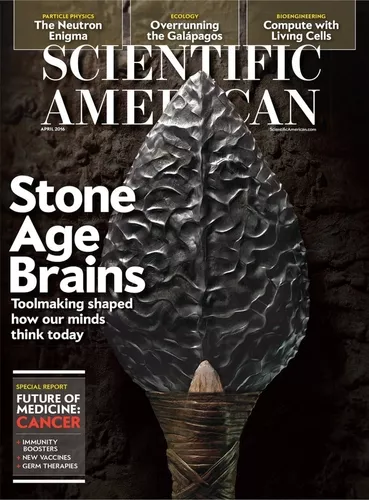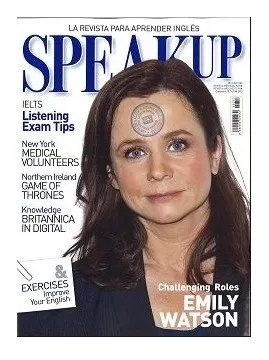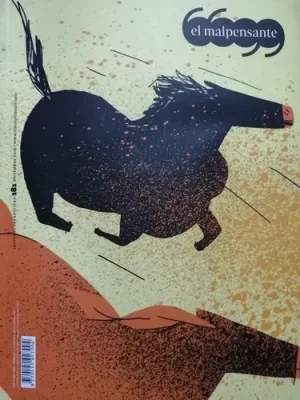Revista Scientific American Abril 2016. Inglés
$26.500
Revista Scientific American Abril 2016. Inglés
ISSN: 0036-8733
Descripción
Tales of a Stone Age Neuroscientist
By honing ax-making skills while scanning their own brains, researchers are studying how cognition evolved
I still have the first stone hand ax I ever made. It’s a pretty poor specimen, crudely chipped from a piece of frost-fractured flint I picked up on a walk through a farmer’s field in West Sussex, England. It would not have impressed the human ancestors known to us as Homo heidelbergensis. These cousins of Homo sapiens from 500,000 years ago left much nicer hand axes at a nearby archaeological site in Boxgrove.
A Puzzle Lies at the Heart of the Atom
Two precision experiments disagree on how long neutrons live before decaying. Does the discrepancy reflect measurement errors or point to some deeper mystery?
By Geoffrey L. Greene, Peter Geltenbort
Luckily for life on Earth, most matter is not radioactive. We take this fact for granted, but it is actually somewhat surprising because the neutron, one of the two components of atomic nuclei (along with the proton), is prone to radioactive decay. Inside an atomic nucleus, a typical neutron can survive for a very long time and may never decay, but on its own, it will transform into other particles within 15 minutes, more or less. The words “more or less” cover a disturbing gap in physicists’ understanding of this particle. Try as we might, we have not been able to accurately measure the neutron lifetime.
Disponibilidad: 1 disponibles






